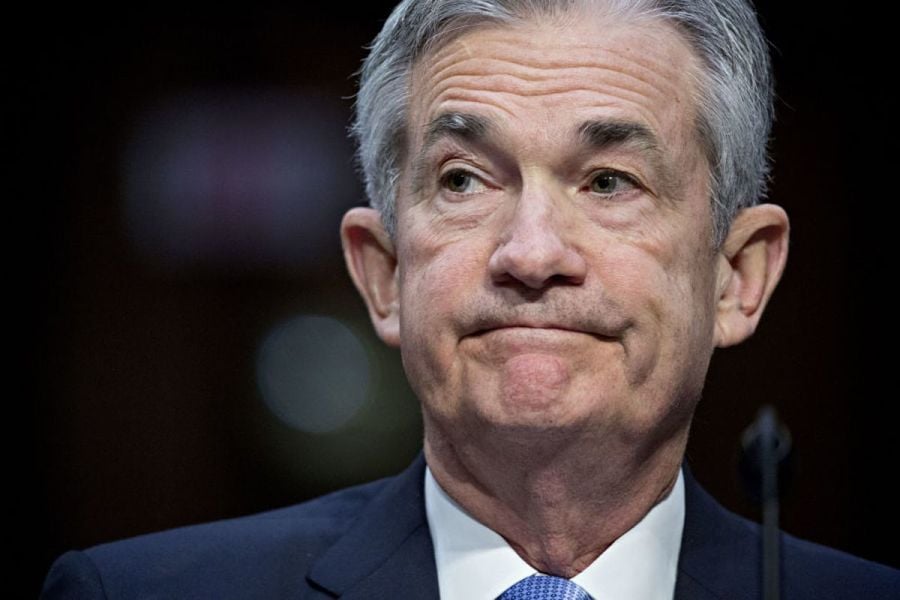

The Federal Reserve has raised interest rates yet again, as widely expected, marking the 11th hike out of the past 12 meetings.
Despite a pause last time out, the central bank today raised the benchmark overnight rate 0.25% to the 5.25%-5.50% range — its highest level in 22 years. The move represents another attempt to rein in stubborn inflation, which has cooled to just under 3% but remains above the central bank’s 2% target.
The consensus is that the Fed is nearing the end of its hike cycle, but it clearly felt the need to act further with the economy remaining strong amid recession fears, consumer spending more than 4% in Q1 and the jobs market robust despite weakening slightly in June.
A hawkish Fed was predicted by markets this morning with stocks lower. The S&P 500 dropped from the highest level since April 2022, the tech-heavy Nasdaq 100 underperformed and Dow Jones Industrial Average wavered.
In a statement, the Federal Reserve said: "Recent indicators suggest that economic activity has been expanding at a moderate pace. Job gains have been robust in recent months, and the unemployment rate has remained low. Inflation remains elevated.
"The U.S. banking system is sound and resilient. Tighter credit conditions for households and businesses are likely to weigh on economic activity, hiring, and inflation. The extent of these effects remains uncertain. The Committee remains highly attentive to inflation risks."
It added: "In determining the extent of additional policy firming that may be appropriate to return inflation to 2 percent over time, the Committee will take into account the cumulative tightening of monetary policy, the lags with which monetary policy affects economic activity and inflation, and economic and financial developments."

While industry statistics pointing to a succession crisis can cause alarm, advisor-owners should be free to consider a middle path between staying solo and catching the surging wave of M&A.

New joint research by T. Rowe Price, MIT, and Stanford University finds more diverse asset allocations among older participants.

With its asset pipeline bursting past $13 billion, Farther is looking to build more momentum with three new managing directors.

A Department of Labor proposal to scrap a regulatory provision under ERISA could create uncertainty for fiduciaries, the trade association argues.

"We continue to feel confident about our ability to capture 90%," LPL CEO Rich Steinmeier told analysts during the firm's 2nd quarter earnings call.
Orion's Tom Wilson on delivering coordinated, high-touch service in a world where returns alone no longer set you apart.
Barely a decade old, registered index-linked annuities have quickly surged in popularity, thanks to their unique blend of protection and growth potential—an appealing option for investors looking to chart a steadier course through today's choppy market waters, says Myles Lambert, Brighthouse Financial.
